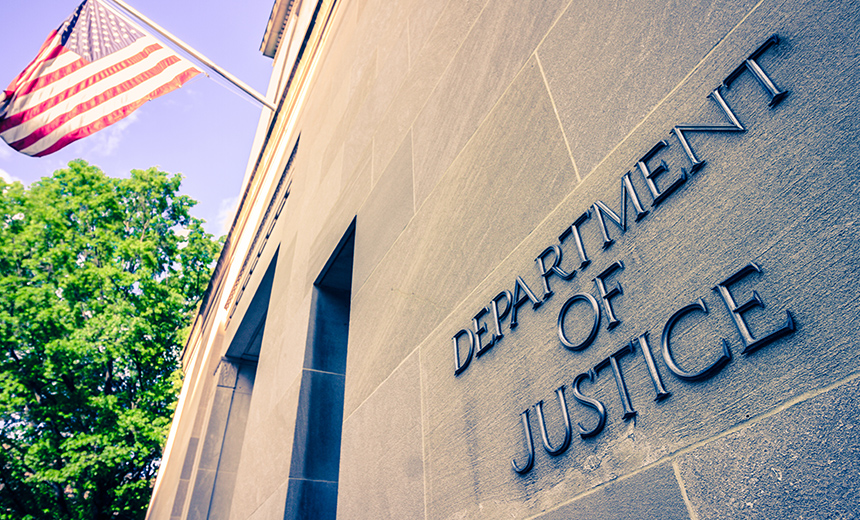Artificial Intelligence & Machine Learning,
Fraud Management & Cybercrime,
Fraud Risk Management
New Multi-Agency ‘Fusion Center’ Utilizing AI to Enhance Investigations

The U.S. Department of Justice, in collaboration with the Department of Health and Human Services and various federal and state agencies, has reported a staggering $14.6 billion identified in healthcare fraud incidents for 2025. This figure surpasses prior records, indicating a significant escalation in these activities.
Related Article: AI vs. AI: Leveling the Defense Playing Field
The federal effort to tackle healthcare fraud is set to intensify with the establishment of a new ‘fusion center’. This initiative will utilize artificial intelligence, cloud technology, and advanced analytics to bolster nationwide fraud investigations, as confirmed by the Department of Justice.
The 2025 National Healthcare Fraud Takedown not only shattered previous records but also resulted in 324 criminal charges against various professionals, including 96 healthcare providers. This multifaceted operation spanned across 50 federal districts and involved multiple state attorneys general offices, showcasing an extensive network involved in fraudulent billing operations.
Among the notable cases are fraudulent schemes related to COVID-19 testing, with alleged scams exceeding $14 billion in claims. Charges were brought against those involved in various fraudulent activities, such as billing for non-existent services including telemedicine consultations and unnecessary medical equipment. A specific case of a fraudulent $894 million COVID-19 testing scheme led to indictments against a physician and several associates.
Fusion Center
To streamline and enhance these investigations, the Department of Justice is actively working alongside the FBI and the HHS Office of Inspector General to launch a dedicated Healthcare Fraud Data Fusion Center. This center aims to leverage artificial intelligence and cloud computing to pinpoint emerging fraud schemes, building on a data analytics unit that began operations in 2018.
This initiative aligns with President Trump’s executive order aimed at combatting waste and fraud, promoting inter-agency collaboration and operational efficiency. Furthermore, experts believe these enhancements could lead to larger, more effective takedown operations, ultimately benefiting taxpayers and restoring funds to the federal treasury.
Regulatory attorney Rachel Rose noted that coordinated efforts between agencies can facilitate quicker enforcement actions, highlighting the impact this could have on addressing healthcare fraud. With advancements in AI, the government can more efficiently analyze extensive data sets, enhancing the investigation process and optimizing resource deployment.
Potential MITRE ATT&CK tactics relevant to this scenario include initial access via deceptive healthcare practices and persistent schemes to exploit both federal health programs and patient data. By identifying and analyzing these fraudulent tactics, authorities will be better equipped to address and mitigate such threats moving forward.
